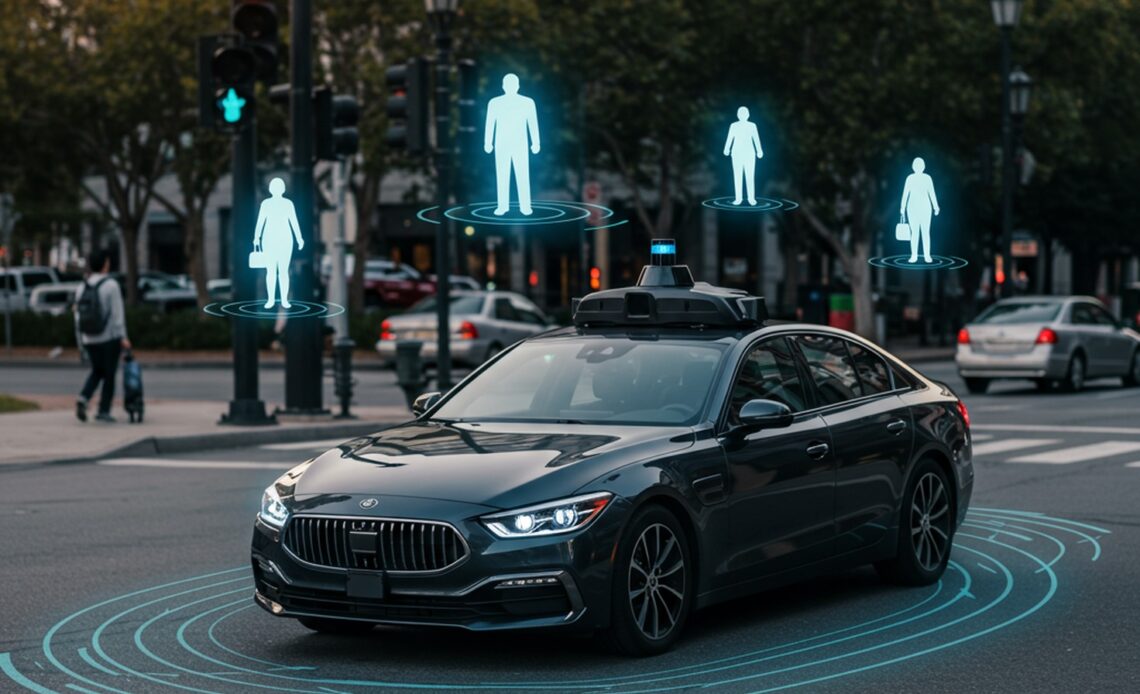
The journey to fully autonomous vehicles isn’t just driven by cutting-edge sensors, algorithms, and code — it’s powered by human expertise. Behind every mile traveled by an autonomous vehicle (AV) is a network of dedicated professionals shaping the future of mobility.
🔹 The Critical Role of AV Drivers
Autonomous Vehicle Driver roles are far more than just sitting behind the wheel. These professionals act as frontline safety engineers:
- They monitor and assess real-time performance of autonomous systems.
- Provide essential manual interventions when needed.
- Deliver detailed feedback that informs software refinement and safety protocols.
Their real-world insights help bridge the gap between machine perception and human behavior.
🔹 Data Annotation: Teaching AI to See
For an AV to navigate safely, it must understand its environment — and that starts with data annotation.
- Every precisely labeled lane, traffic signal, and pedestrian teaches the model to interpret the world.
- Annotations enable scenario training, improve edge-case recognition, and validate AI performance.
- In a domain where safety is paramount, accuracy in labeling isn’t a luxury — it’s a necessity.
🔹 Humans + Machines: A Collaborative Evolution
While the end goal is full autonomy, human contribution remains essential in every phase of AV development:
- Driving: Testing edge cases and validating system behavior.
- Labeling: Feeding critical insights to machine learning models.
- Evaluating: Ensuring system reliability through continuous human feedback.
This human-machine synergy is not just part of the process — it is the process.
🔹 Final Thought
Every mile driven, every image labeled, and every insight shared brings us one step closer to a safer, smarter transportation future.
🚘 Are you working in this space — or exploring it? Let’s connect and shape the future of autonomous mobility together.


